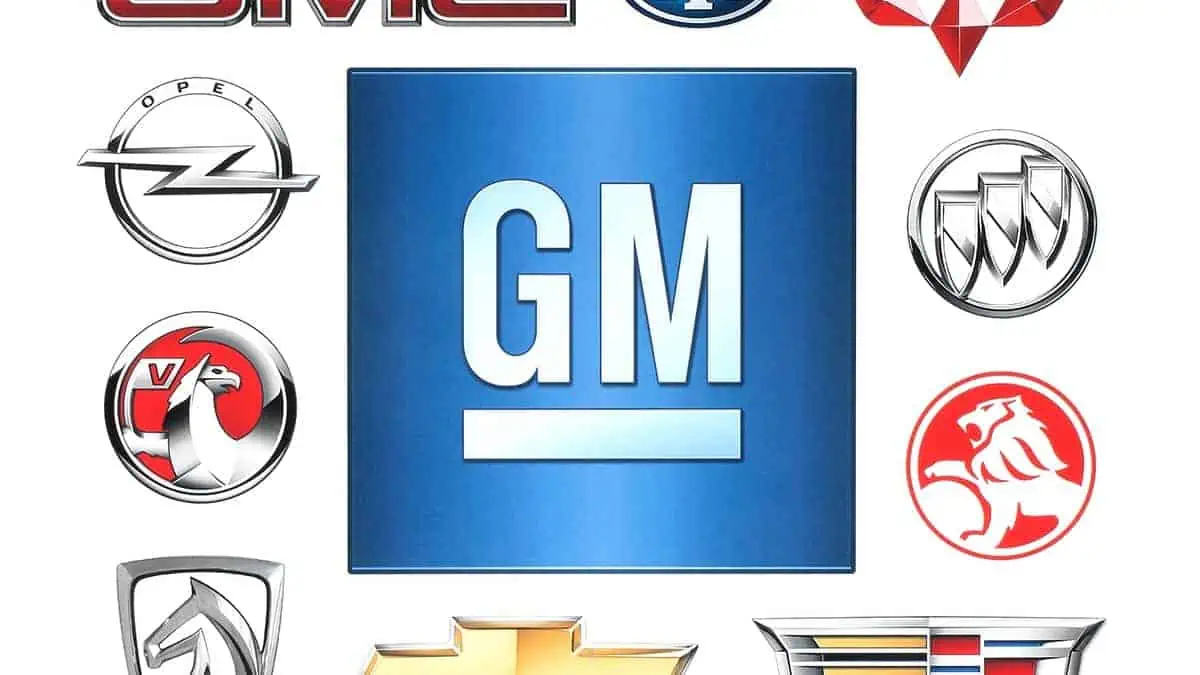Canada was actively implementing a range of policies and initiatives at both the federal and provincial levels to foster the adoption of electric vehicles (EVs) and mitigate greenhouse gas emissions from the transportation sector. These measures aimed to encourage EV adoption and accelerate the development of charging infrastructure. Here are the key aspects of Canada’s EV policy:
Federal Level
Demand incentives
The Government of Canada implemented the Zero Emission Vehicle (ZEV) Incentive Program to make electric vehicles more affordable for Canadians. It offers rebates for buying or leasing ZEVs available until March 31, 2025 (or until available funding is exhausted).
- For light-duty vehicles, Canadian individuals and businesses can receive up to a $5,000 rebate directly at the point of sale when buying or leasing light-duty Zero Emission Vehicles (ZEVs). Light-duty vehicles typically include personal vehicles such as cars, SUVs, and light pickup trucks. Click to know the list of eligible vehicles for iZEV, and visit the iZEP Program for more information.
- For medium- and heavy-duty vehicles, Canadian businesses and organizations can receive a maximum of $200,000 incentives directly at the point of sale when purchasing or leasing medium- and heavy-duty Zero Emission Vehicles (ZEVs). This category encompasses trucks, cargo vans, shuttles, and other commercial vehicles. Click to know the list of iMHZEV-eligible vehicles and visit the iMHZEV program for more information.
- By purchasing an eligible ZEV, Canadian businesses and organizations can take advantage of the enhanced first-year capital cost allowance. Please note that this option cannot be combined with the iZEV incentives. To determine if this choice aligns with your business needs, click the Federal Tax for Businesses for more information.
Supply-side incentives
- In 2022, the ZEV sales target requires automakers and importers to sell a certain percentage of ZEVs in Canada each year. These mandates are phased in gradually, starting at least with a 20% requirement in 2026 and increasing to 100% by 2035. To read more about this regulation, click here.
- Programs for dealerships and authorized sellers are available in:
- The iZEV Program provides incentives to customers upon ZEV purchase meanwhile the seller will get reimbursement. To get the latest iZEV forms for request reimbursement, get updates about the program, and learn the application process, please visit the iZEV Program. To enroll your dealership in the iZEV Program, click iZEV Dealership Enrolment.
- The iMHZEV Program provides incentives to the dealership’s customers of iMHZEV. To Explore how to apply for this incentive during the point of sale or lease and get the updated forms, access the iMHZEV Program. To enroll your dealership/authorized seller in the iMHZEV Program, click iMHZEV Dealership Enrolment.
Charging infrastructure
- The Zero Emission Vehicle Infrastructure Program (ZEVIP) is a component of Canada’s EV policy framework that provides funding to support the installation of EV chargers and hydrogen refueling stations across Canada. There are three key funding streams:
- In support of Indigenous organizations and communities, the ZEVIP program fund centered on EV charger installation in public spaces, on streets, in multi-unit residential buildings, workplaces, and vehicle fleets. NRCan’s funding will cover up to seventy-five percent (75%) of the Total Project Costs, with a maximum of 2 million dollars per project for Indigenous organizations and it is available until March 31, 2026. For eligibility criteria and application information, click here.
- ZEVIP funds are distributed to delivery organizations for the deployment of EV charging infrastructure in public areas, on streets, within multi-unit residential buildings, workplaces, or on-road vehicle fleets. The third-party delivery method enables Initial Recipients to allocate a segment of the ZEVIP funding to Ultimate Recipients for smaller, more localized EV infrastructure projects. Click here to know the eligibility for this program and the application process. Note: This program is temporarily closed for applications.
- Funding for owners and operators of ZEV charging and refueling infrastructure was also available. ZEVIP provided up to 50% of the Total Project Costs to increase the availability of localized charging and hydrogen refueling stations. For more information and updates, visit this government webpage. Note: The status for applications is closed and will launch again in the Spring of 2024.
- The Electric Vehicle and Alternative Fueling Infrastructure Deployment Initiative (EVAFIDI) aims to expand EV charging infrastructure by establishing fast charging stations along major highways and in urban areas, natural gas refueling sites along key freight corridors, and hydrogen refueling sites in major cities. If you want to learn more, visit the EVAFIDI page. Note: This program has now ended.
- For unapproved electric vehicle supply equipment (EVSE), this temporary dispensation Program for EVSE can provide a temporary exemption from specific regulatory requirements related to the installation of EV charging infrastructure. This program aims to facilitate the installation and use of EV charging stations by allowing temporary waivers or modifications to certain regulations. If you are interested, visit the EVSE program.
Battery development
- To bolster the growth of EV manufacturing in Canada, in 2022, the government has taken proactive steps through substantial investments in battery manufacturing facilities and support programs for automakers that produce EVs domestically. The Canadian government in partnership with LG Energy Solution and Stellantis N.V. created a joint venture to build a facility to manufacture batteries for EVs in Canada in 2025. To read this announcement, click here. You may also visit the official page of Canada for EV Supply Chain for more information.
Provincial Initiatives
Cities and municipalities across Canada are actively promoting EV adoption by implementing a range of local programs and initiatives. These measures included providing additional incentives, parking privileges for EVs, granting access to high-occupancy vehicle (HOV) lanes, and offering incentives for the installation of EV charging stations.
- Provinces and Territories Incentives: Canadian provinces complemented the federal government’s efforts by introducing additional incentives and rebates for EV purchases. To find out more about provincial incentives offered, you may visit their government webpage below:
British Columbia, New Brunswick, Nova Scotia, Newfoundland and Labrador, Prince Edward Island, Quebec, Yukon, Alberta, Northwest Territories
- Charging Infrastructure Programs: Provincial and territorial governments played a crucial role in supporting EV adoption by actively investing in charging infrastructure development. This involved partnerships with municipalities and private companies to expand public charging networks, ensuring that EV owners have access to convenient charging options across various regions. To learn about its application process and other information, refer to each local webpage below:
- CleanBC Go Electric Public Charger Program of British Columbia
- eCharge Network and Plug-In NB Charging rebates for business programs of NB
- EV Ready Approach and Standalone EV Charger Programs of Nova Scotia. If interested in the location of the EV fast charging station in NS, click this map.
- PEI Electric Vehicle Charging Funding Program of Prince Edward Island
- NL Hydro’s Commercial EV Charger Rebate of Newfoundland and Labrador
- Charge+ program of Quebec
- Good Energy Program of Yukon
- Lead the Charge of Manitoba
- EV ChargeON program of Ontario
- EVIP of Saskatchewan [closed]
Canada’s transition to zero-emission vehicles (ZEVs) is crucial for achieving its climate targets. ZEVs help to reduce transportation emissions and will significantly improve air quality, protect public health, and mitigate the impacts of climate change. These policies indicated unwavering commitment by the Canadian government to fostering a shift towards electric mobility, aligning with the public’s demand for sustainable transportation solutions and the country’s overarching objective of reducing its carbon footprint.






